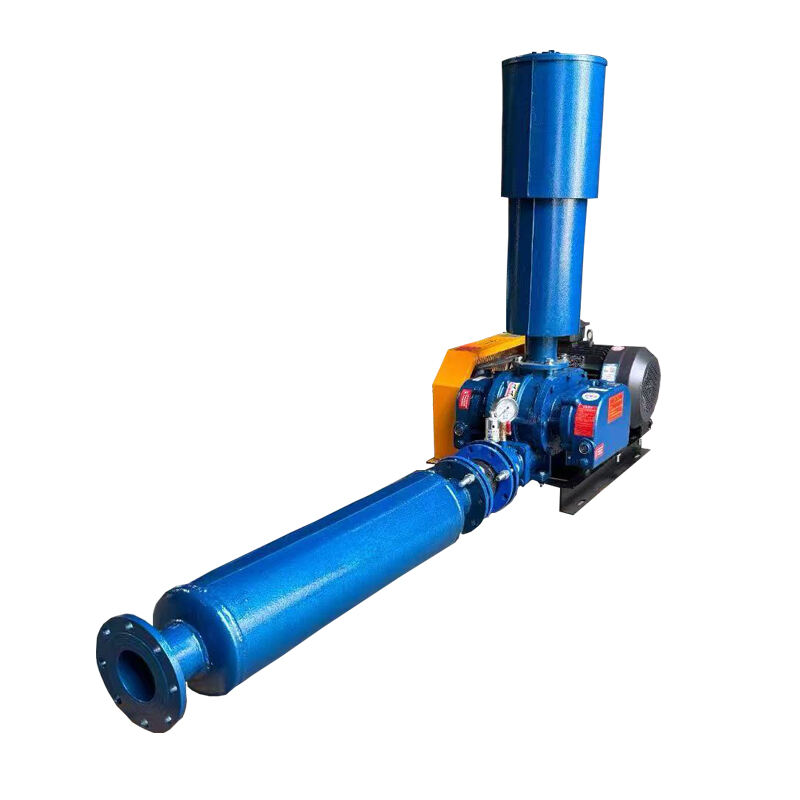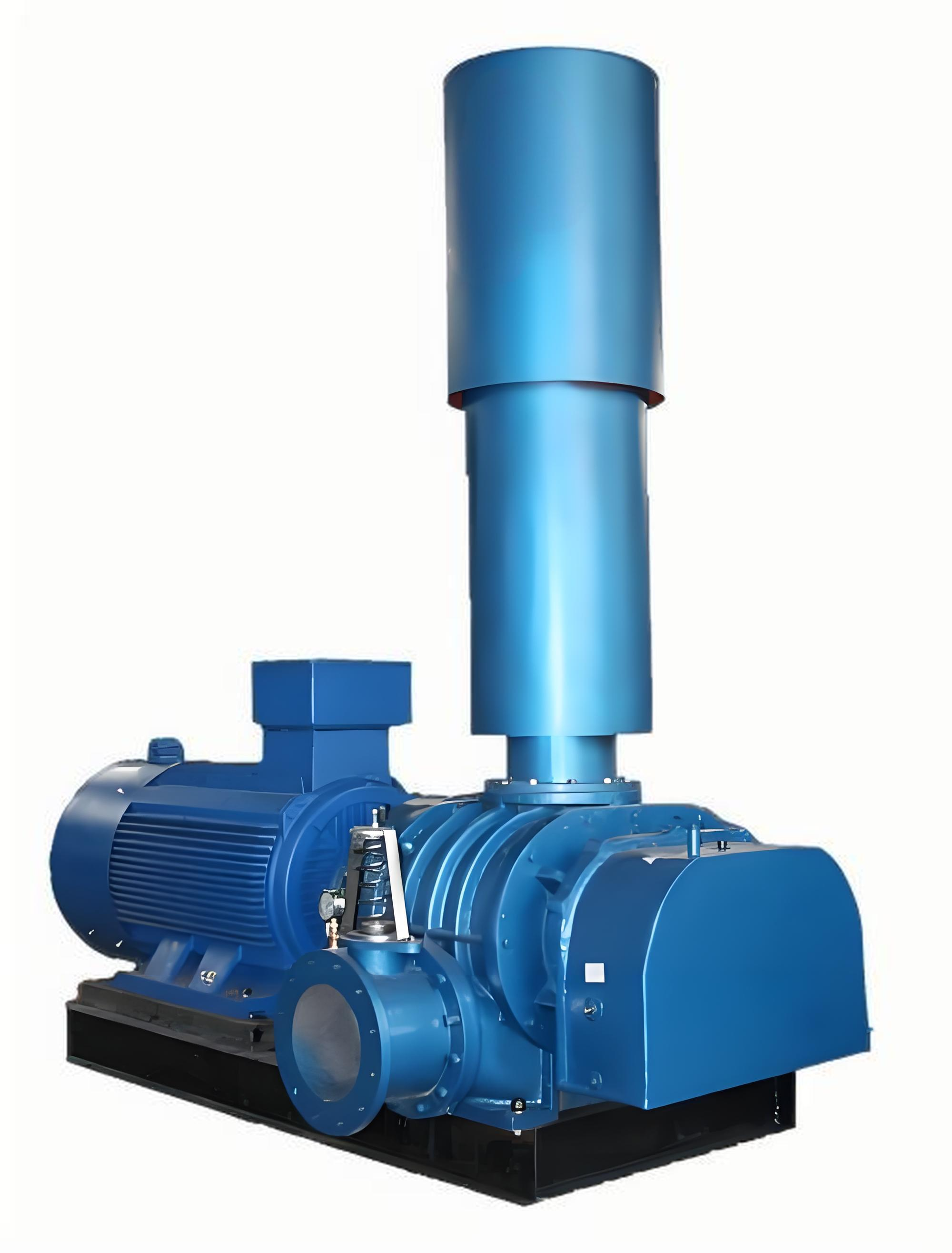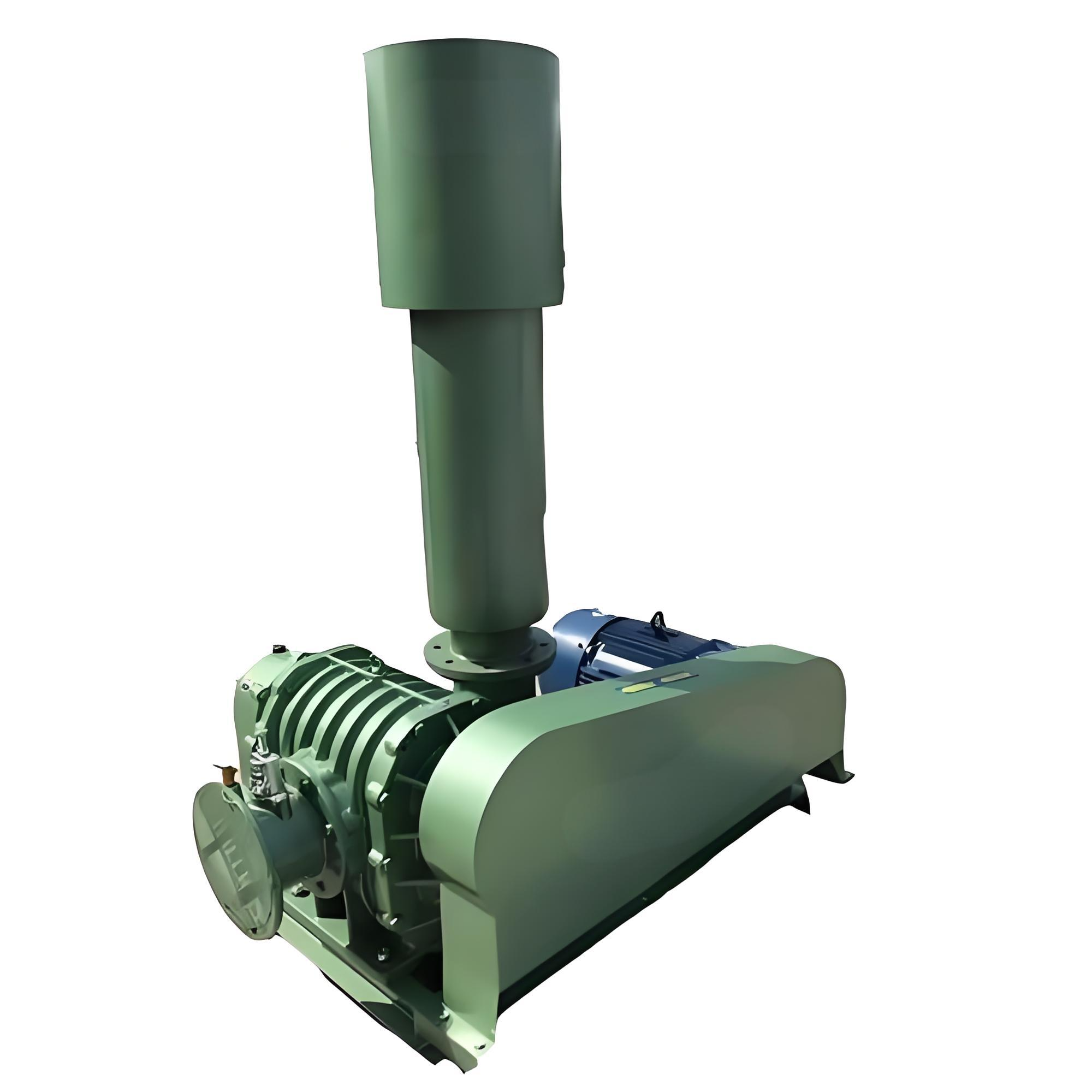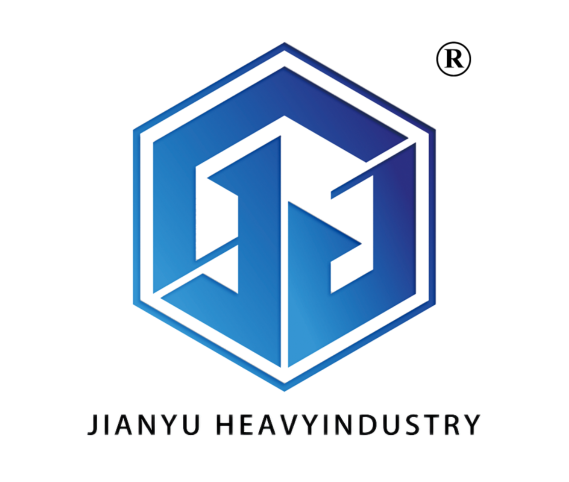integrated sewage treatment equipment
Integrated sewage treatment equipment represents a comprehensive solution for managing wastewater in both industrial and municipal settings. This advanced system combines multiple treatment processes into a single, compact unit, efficiently handling various types of wastewater through physical, biological, and chemical treatment methods. The equipment typically includes primary settlement, biological treatment, secondary clarification, and disinfection stages, all housed within an integrated structure. The system employs cutting-edge technology to remove contaminants, reduce biochemical oxygen demand (BOD), and eliminate harmful pathogens from wastewater. Its automated control system ensures optimal performance while minimizing human intervention, making it particularly suitable for small to medium-sized applications. The equipment's modular design allows for easy installation and maintenance, while its sophisticated monitoring systems provide real-time data on water quality parameters. The treated water meets stringent environmental standards and can often be recycled for non-potable uses, contributing to water conservation efforts. This technology has proven especially valuable in areas with limited space or infrastructure, offering a reliable and efficient solution for wastewater management challenges.



